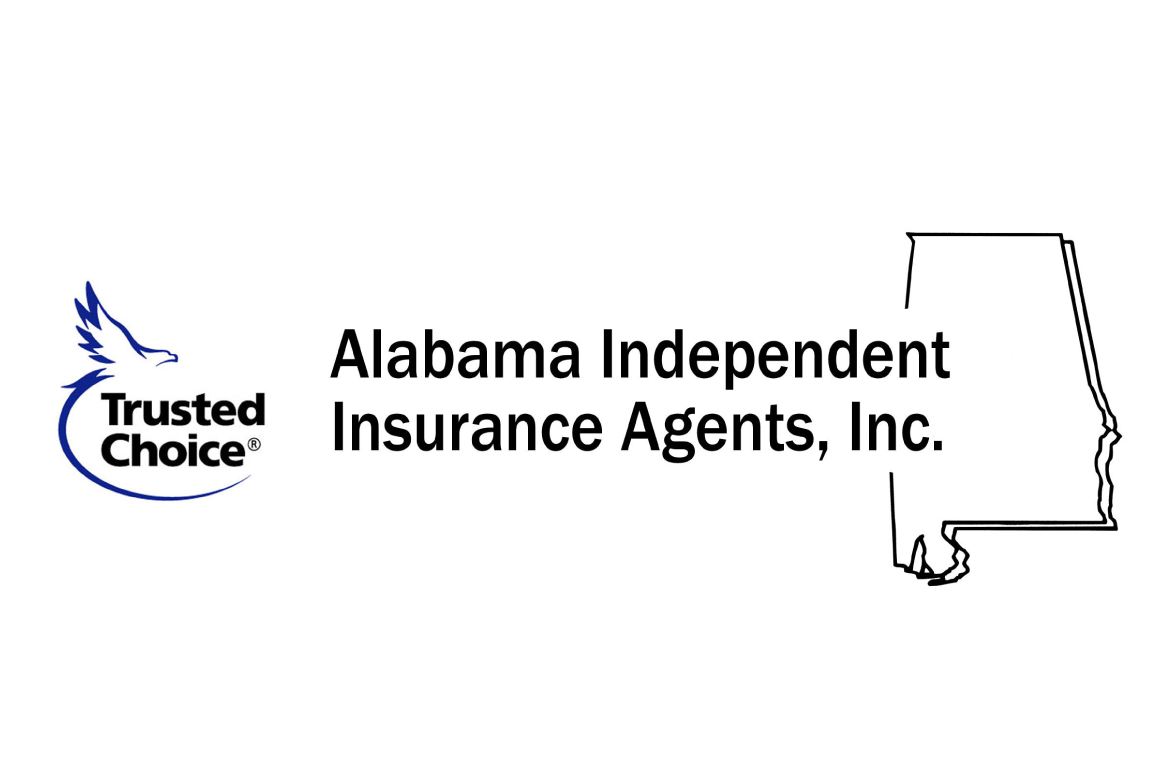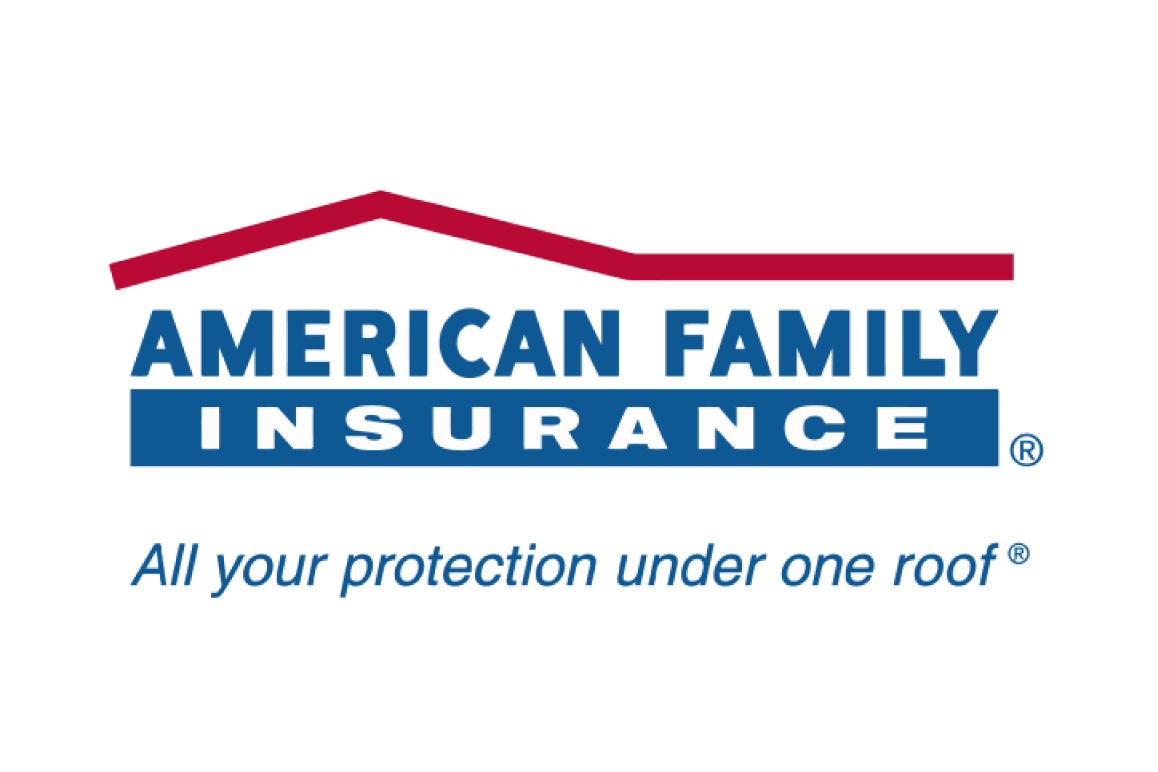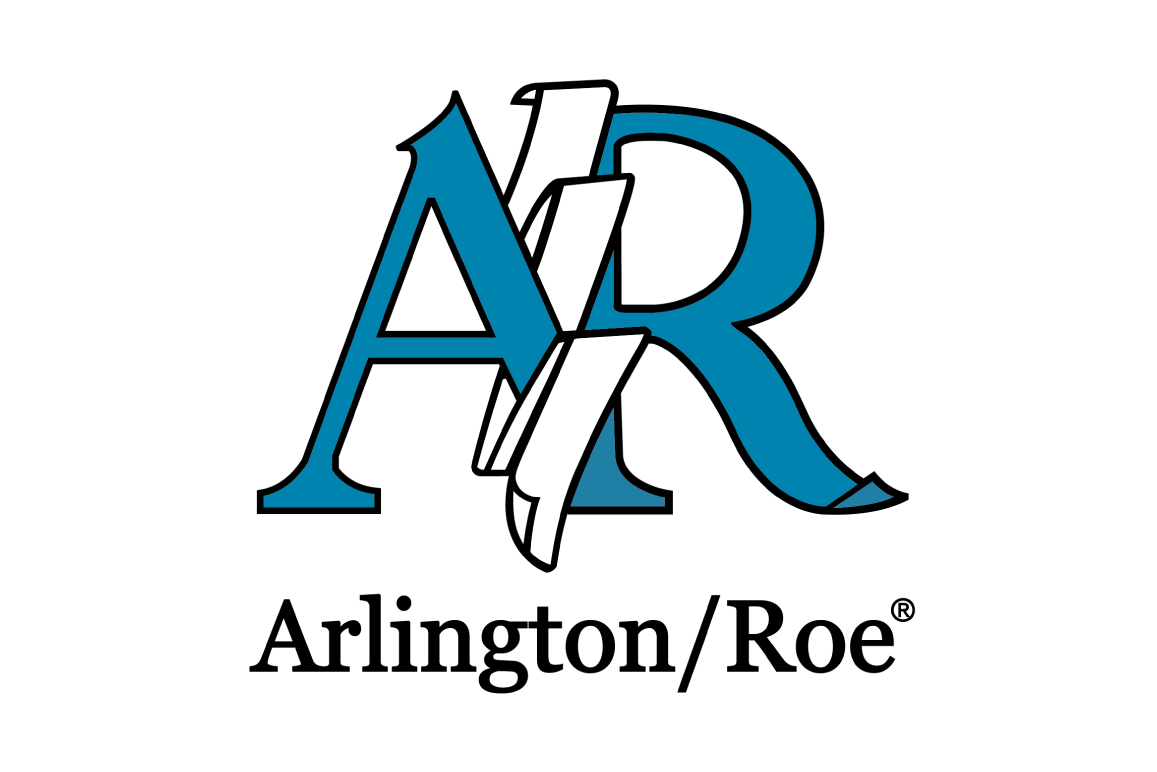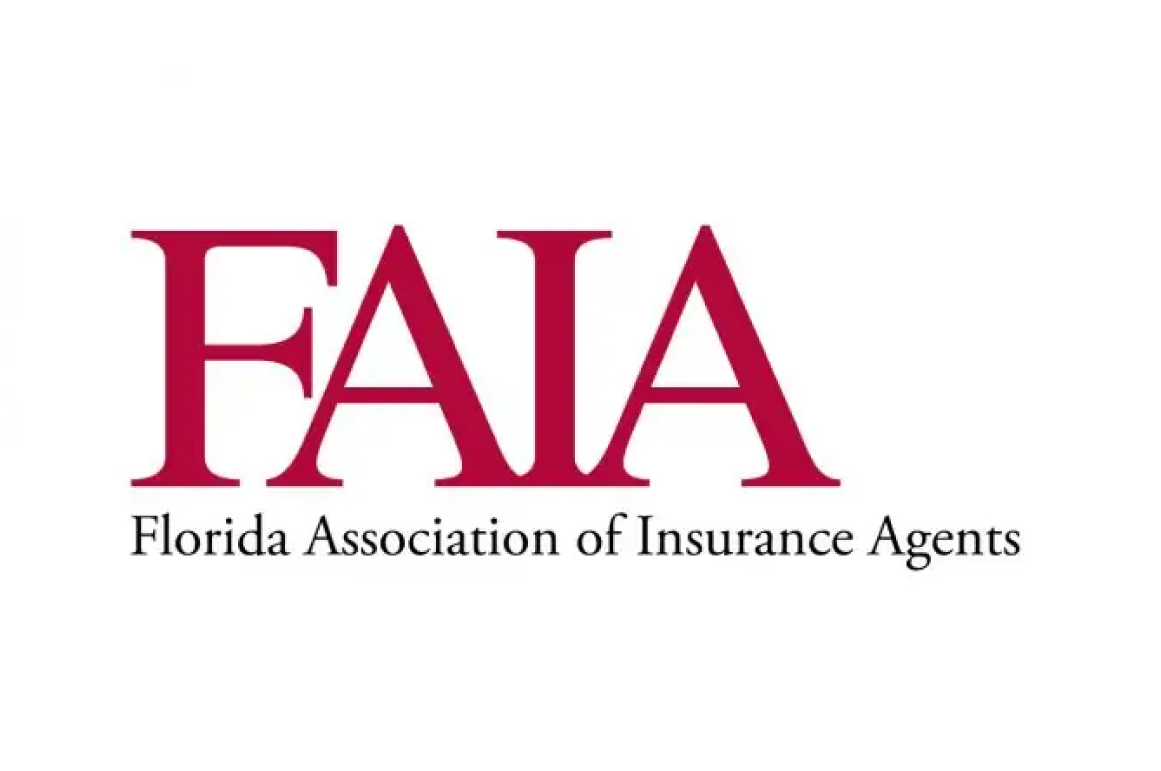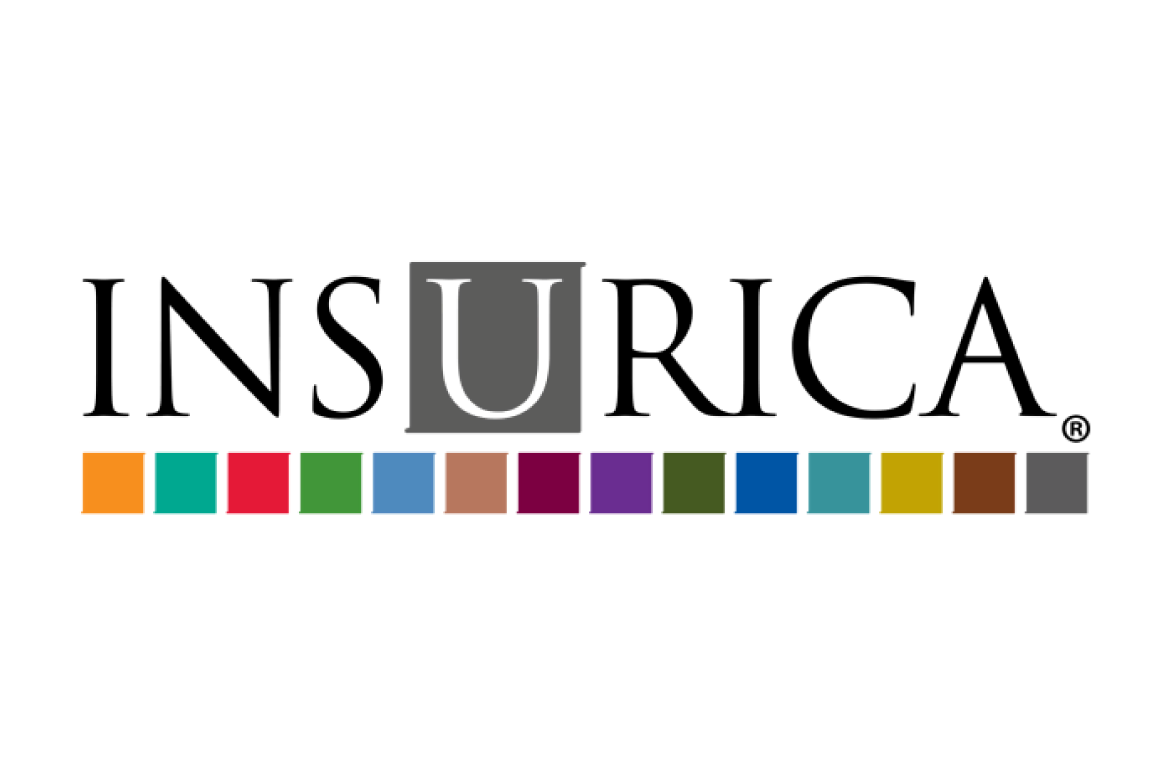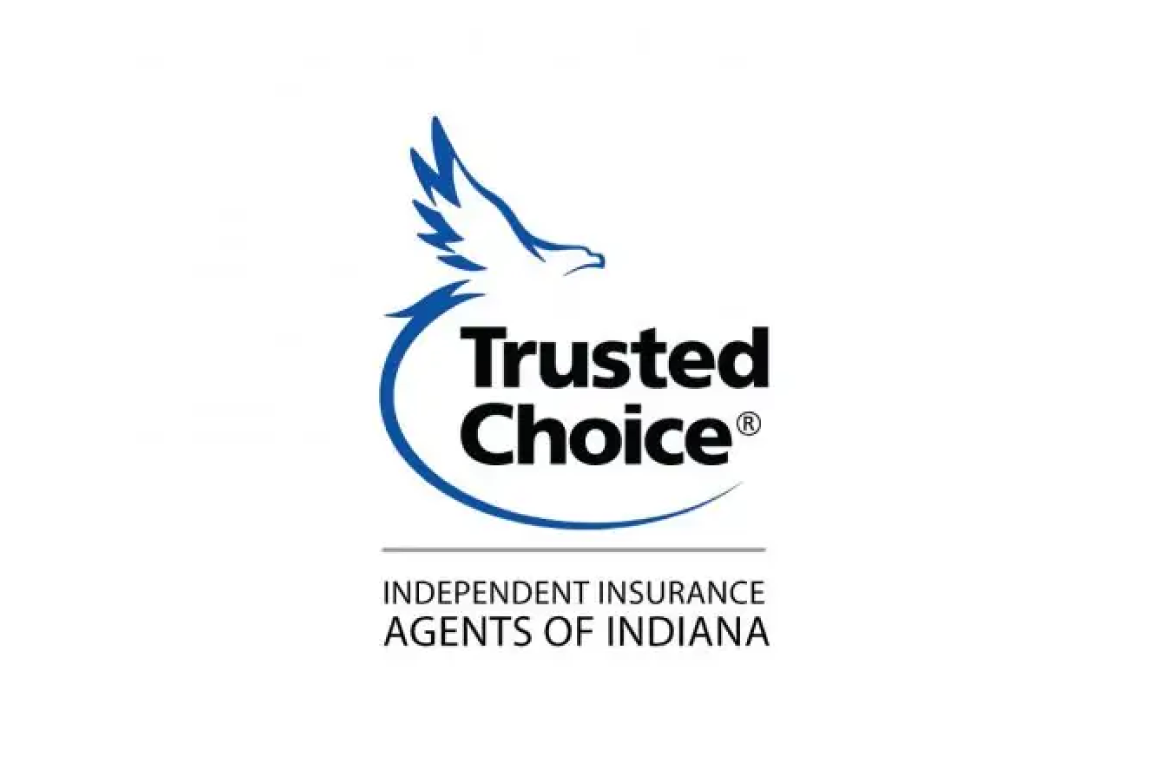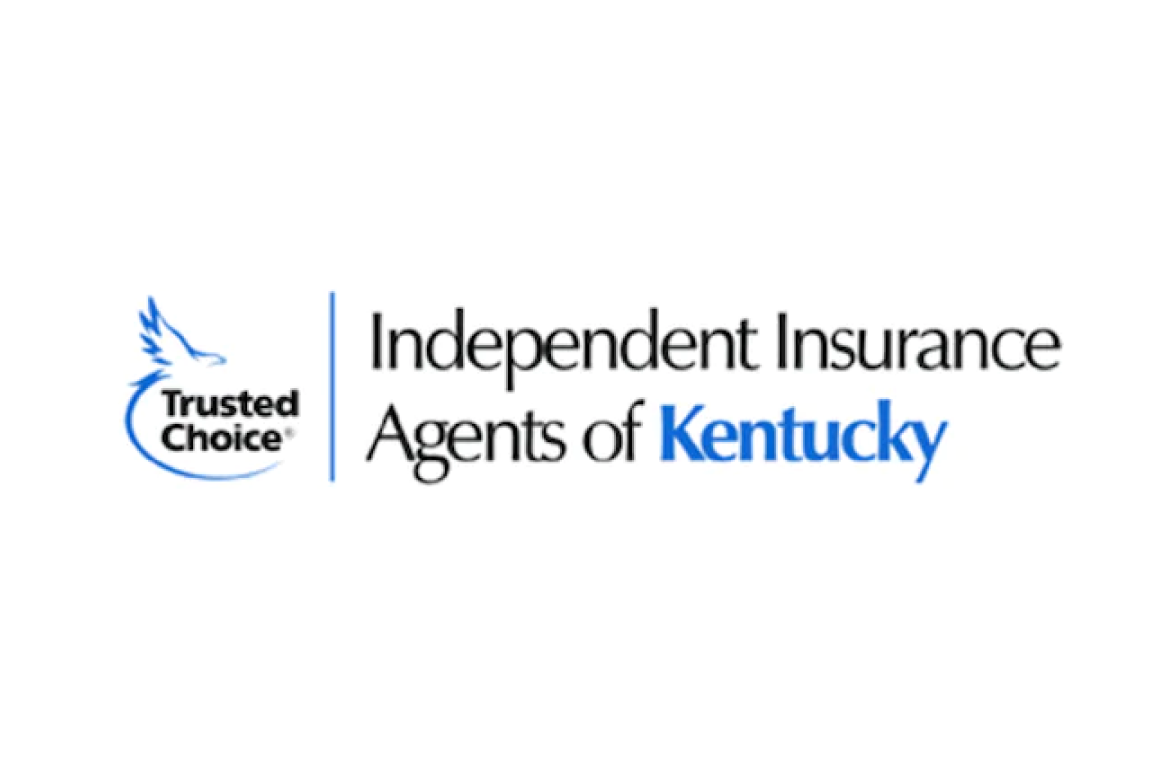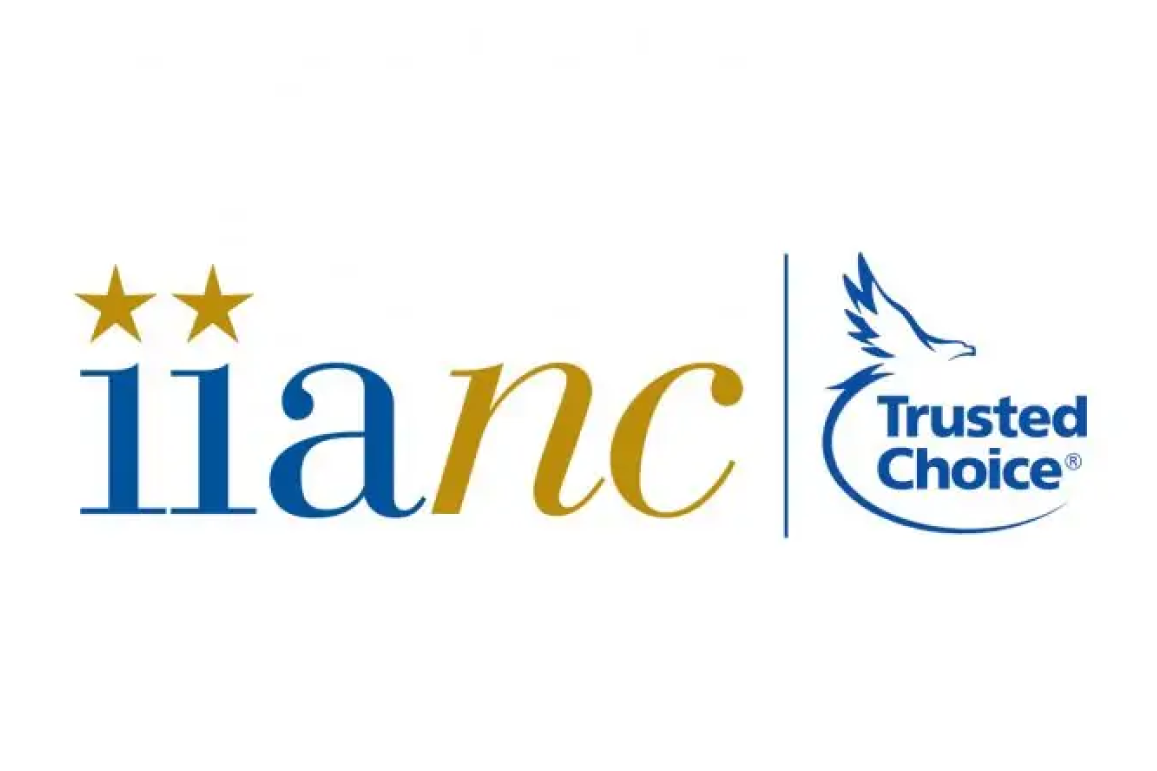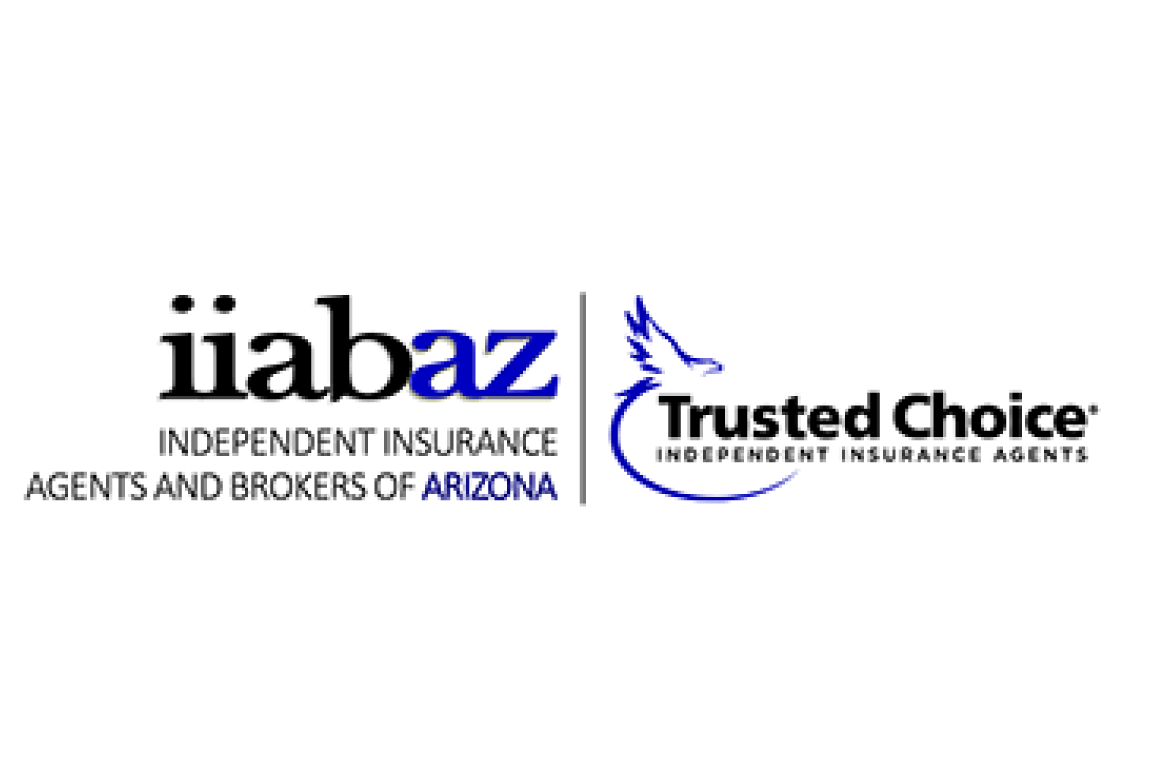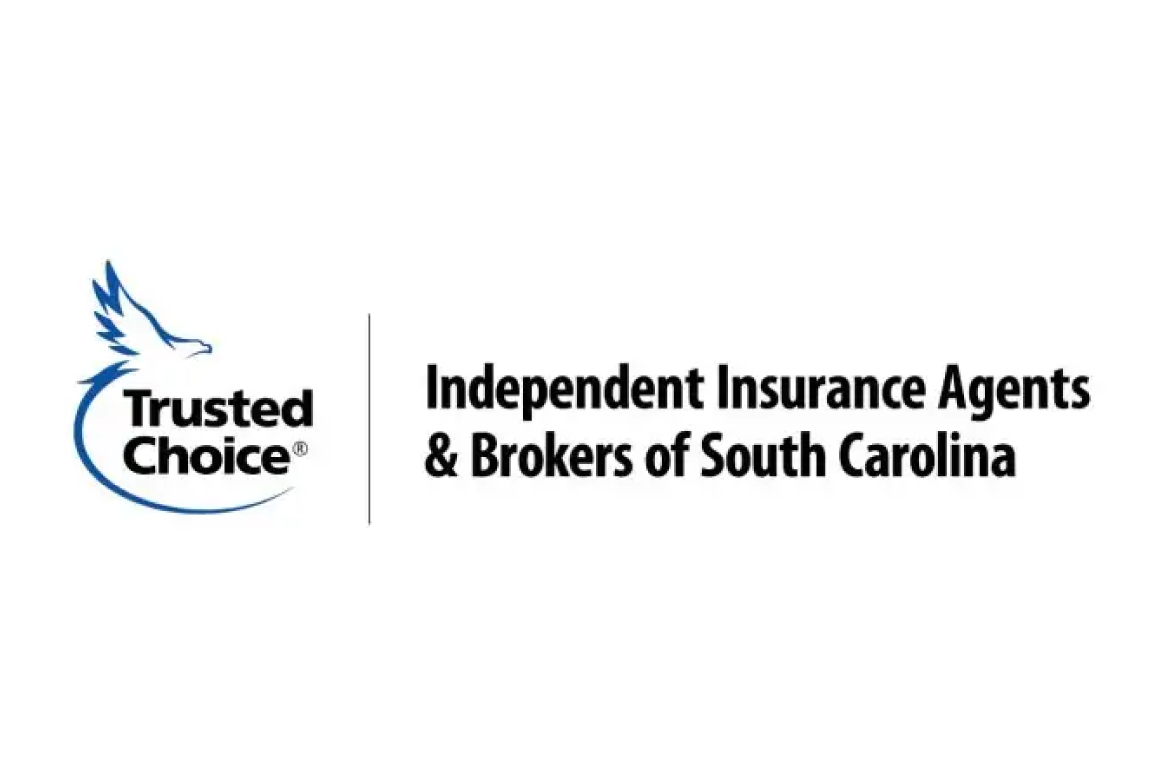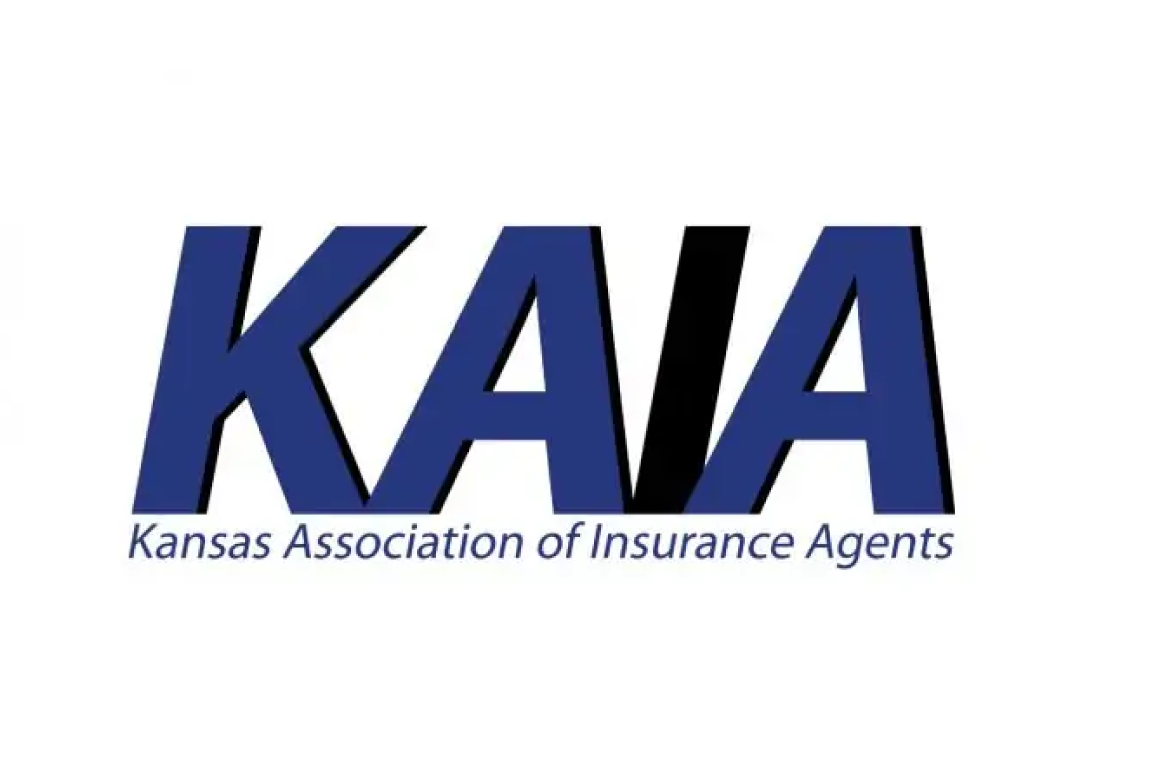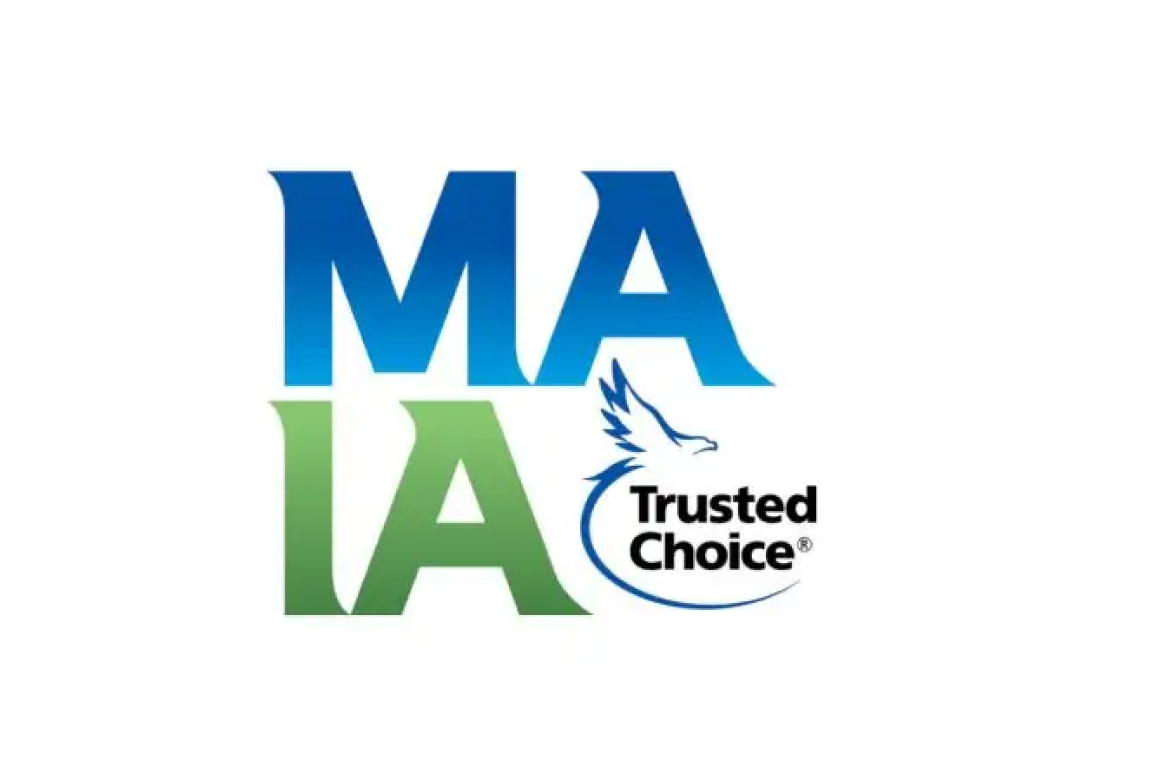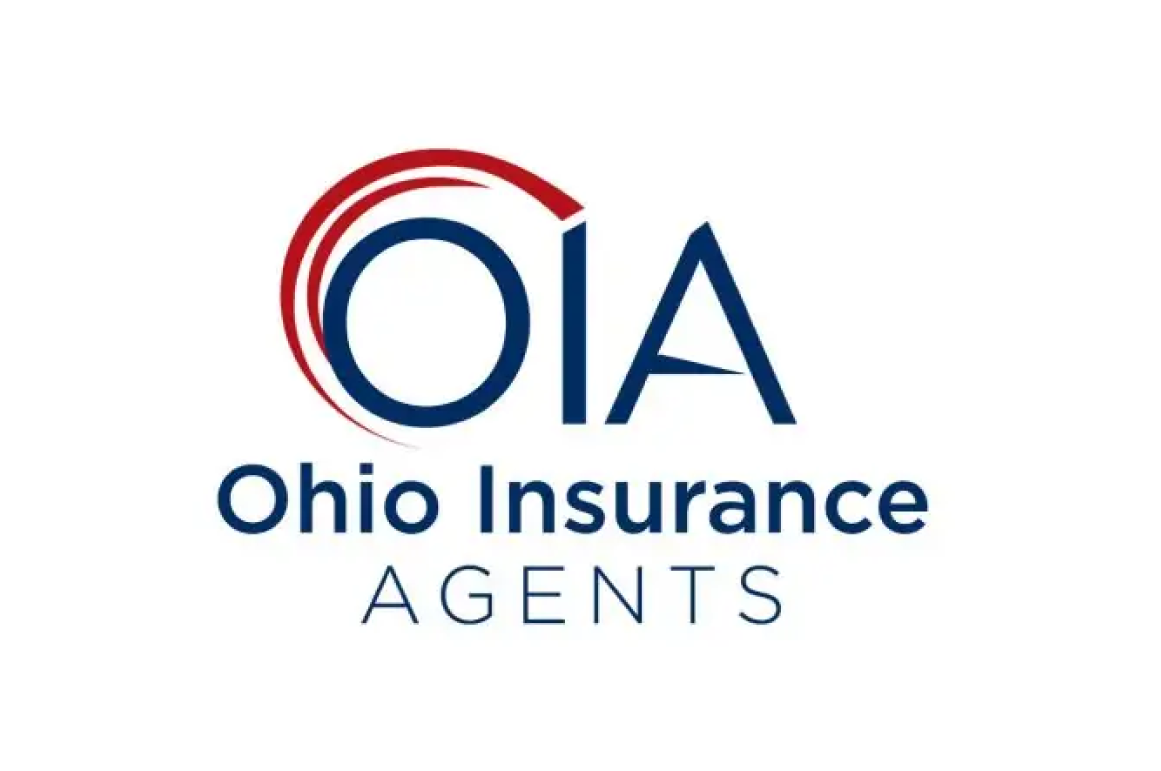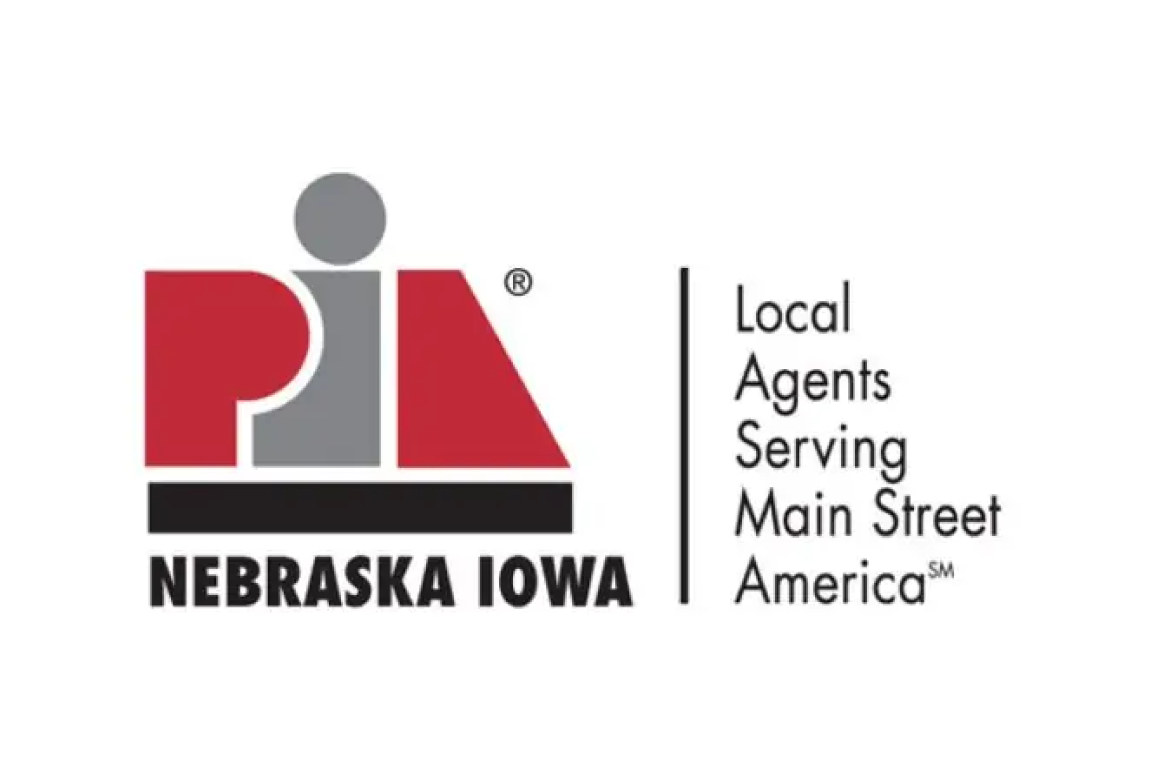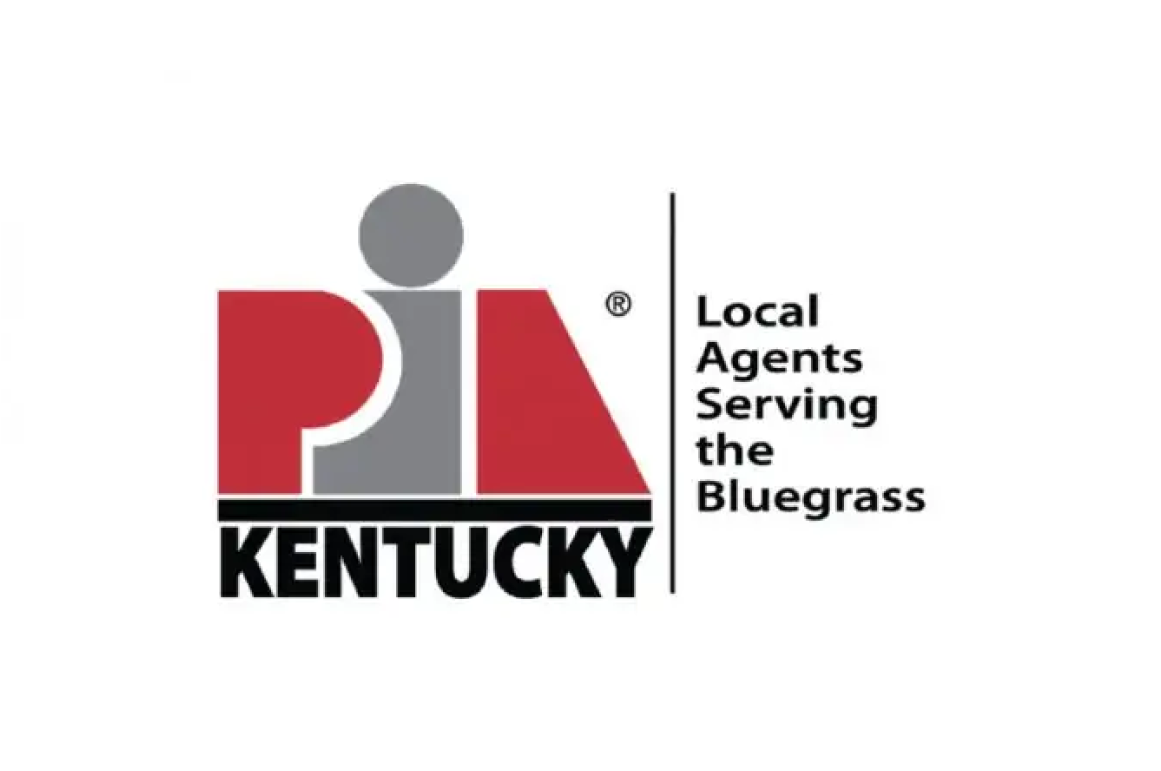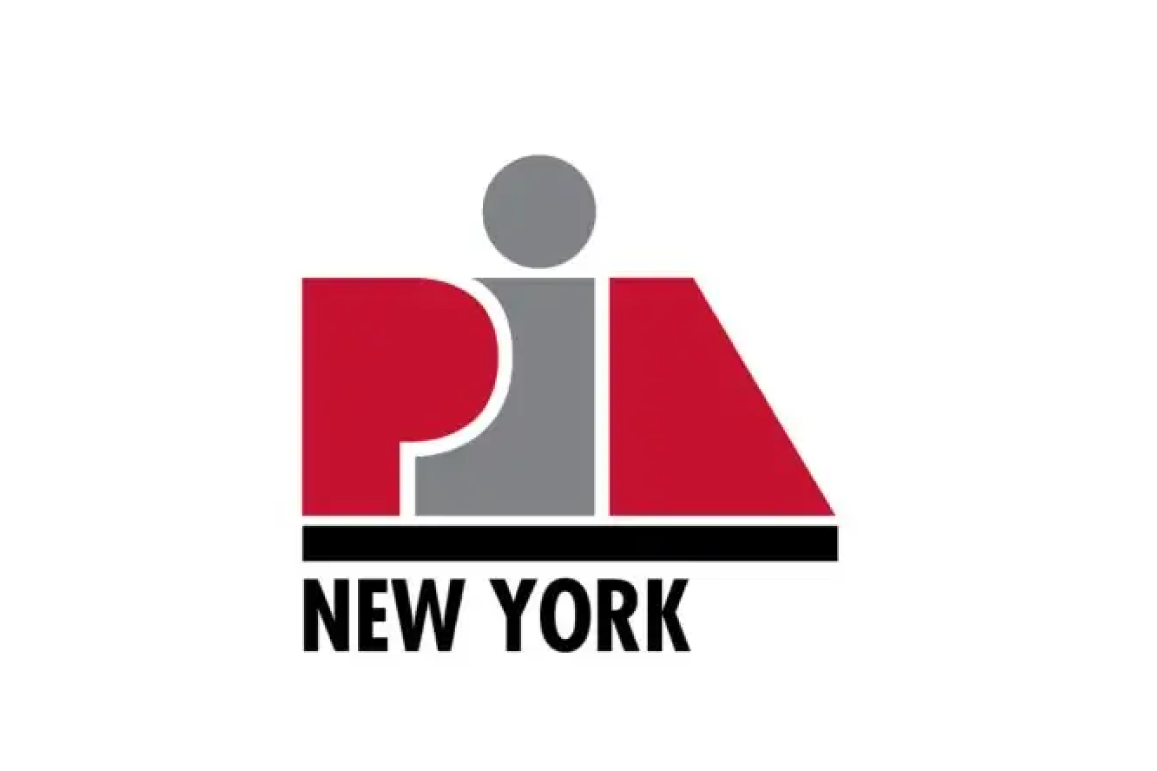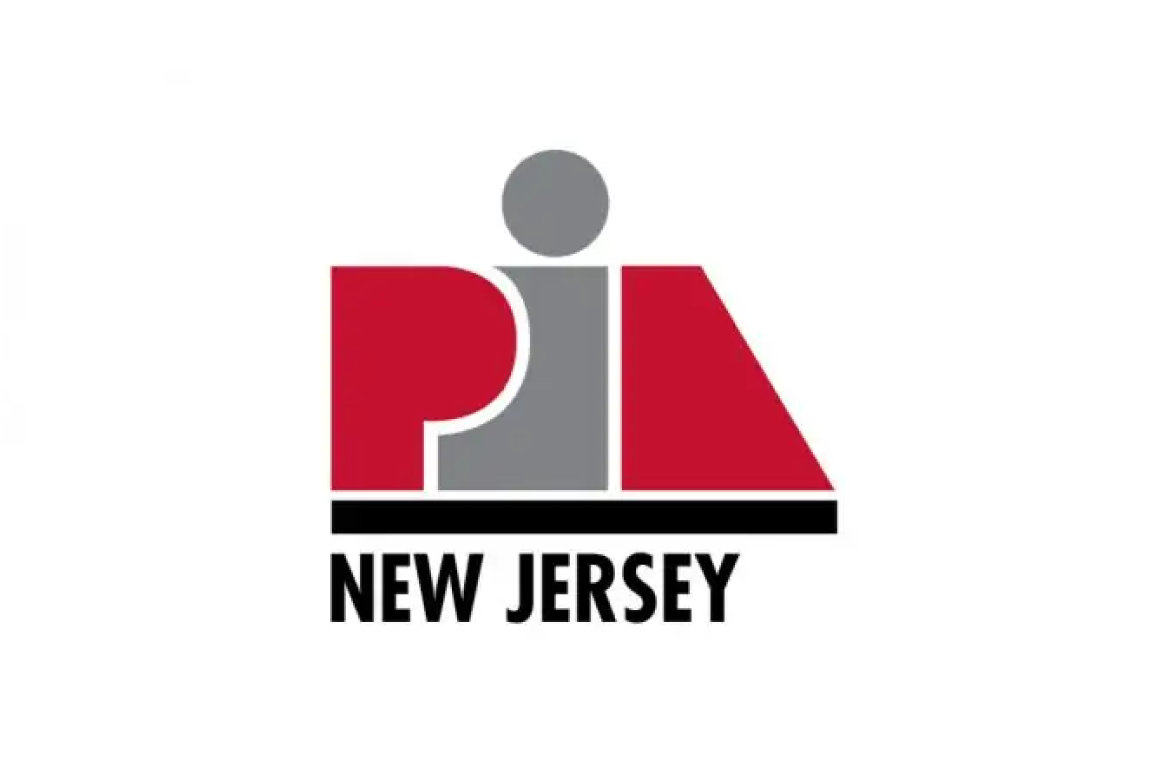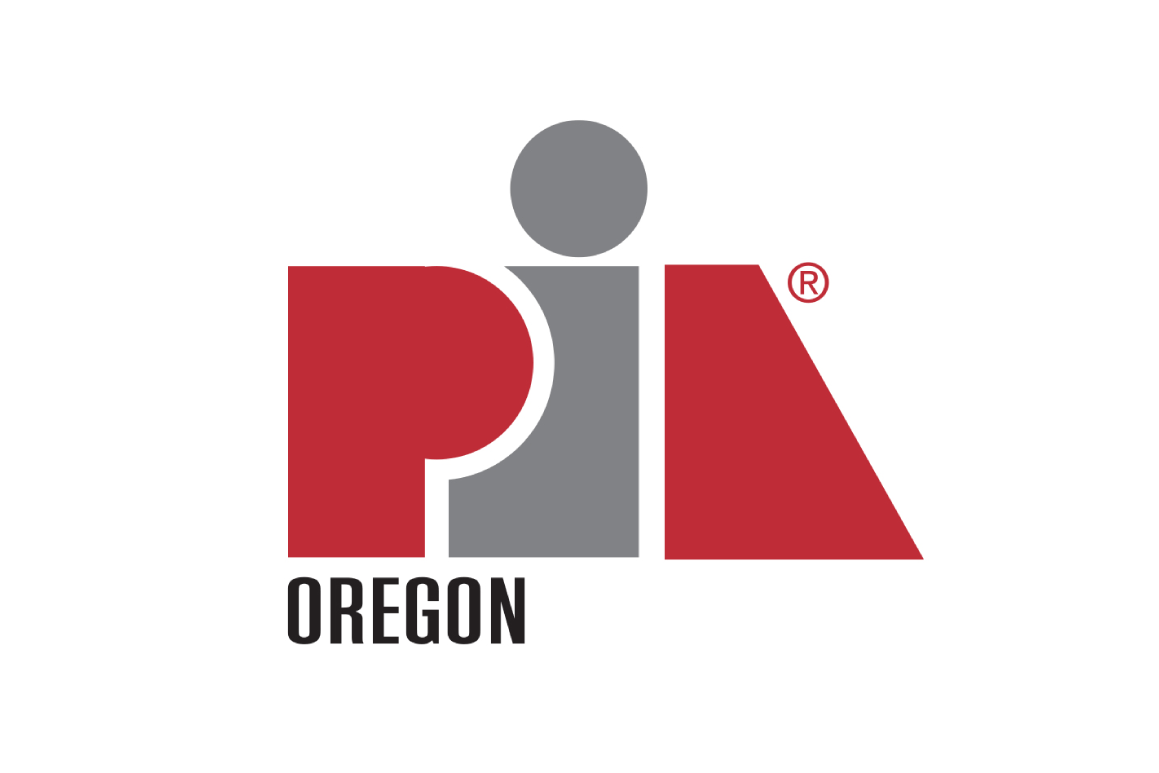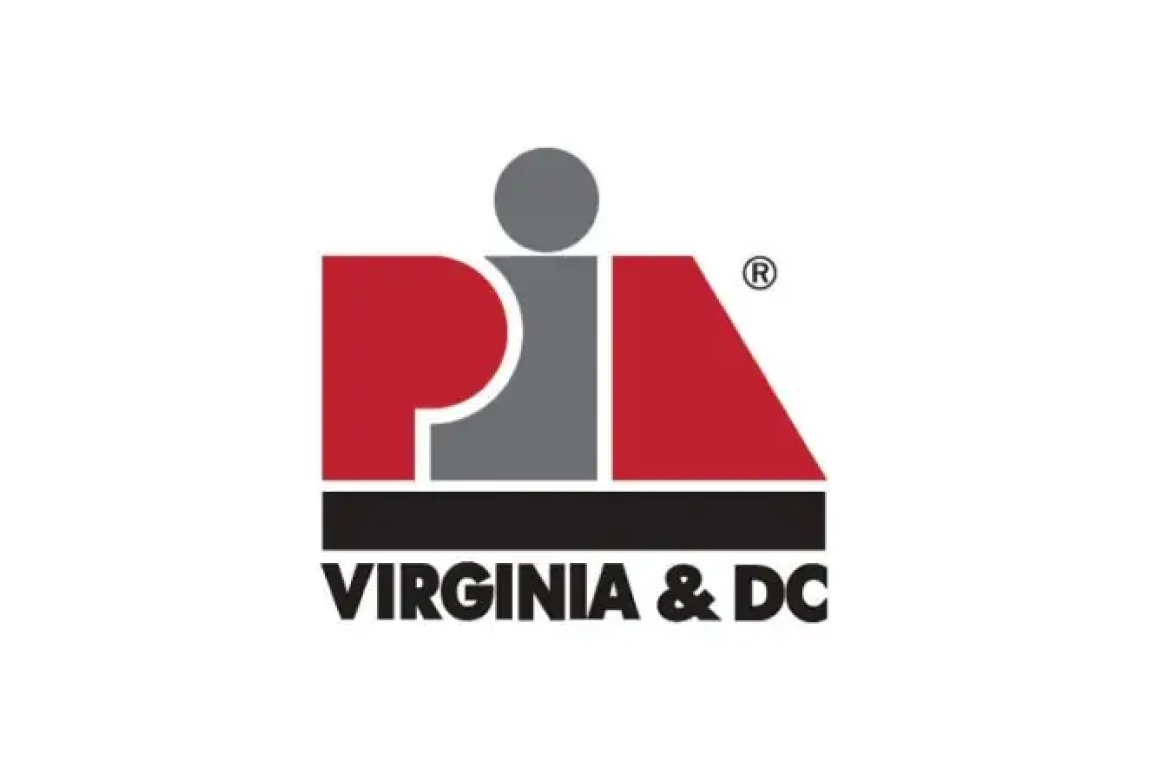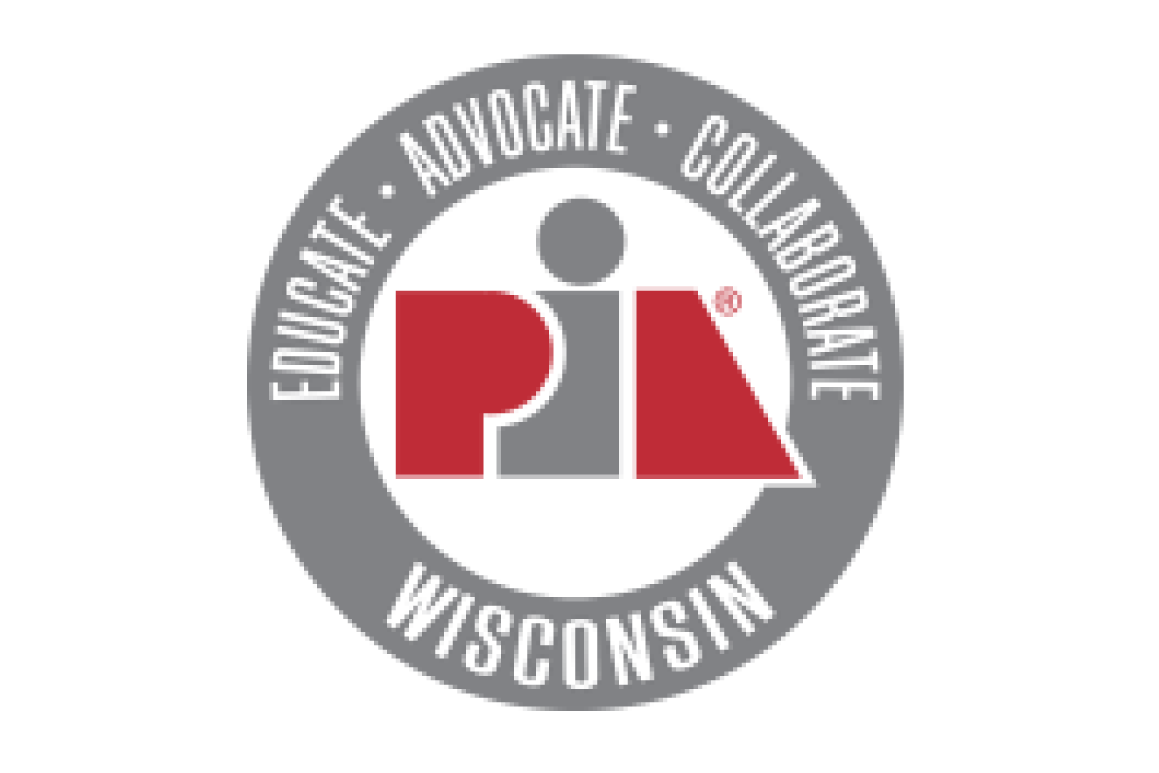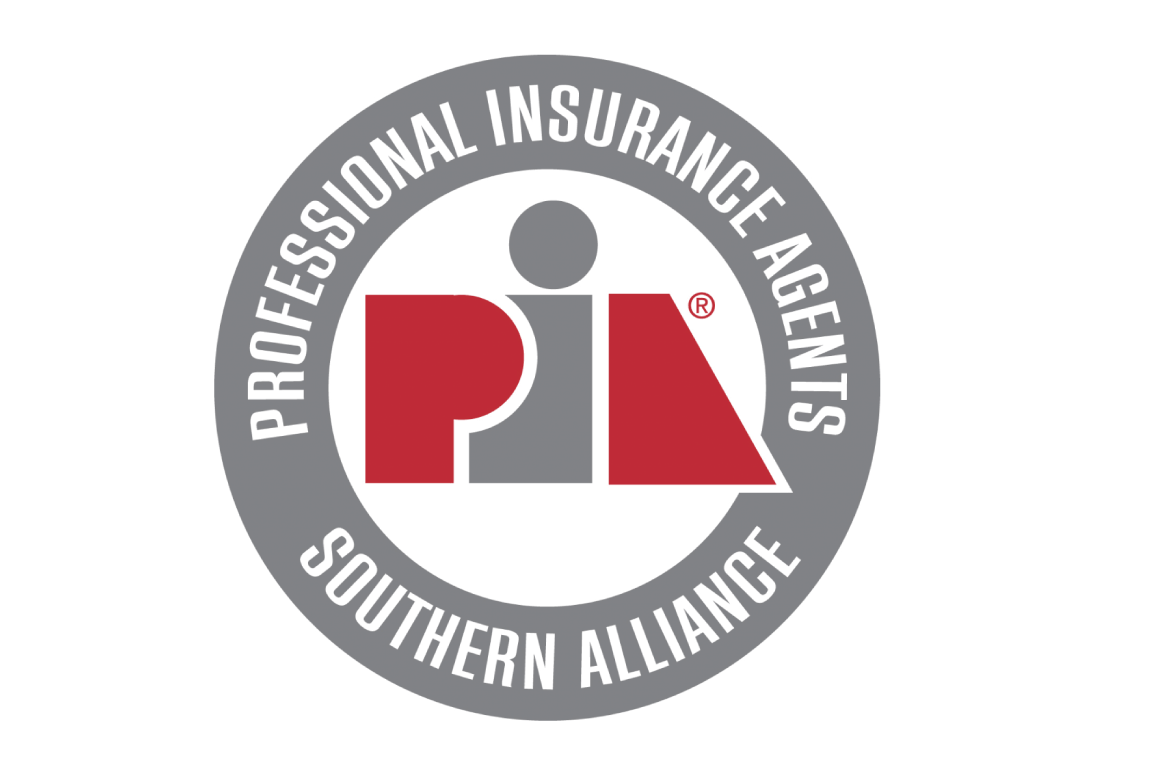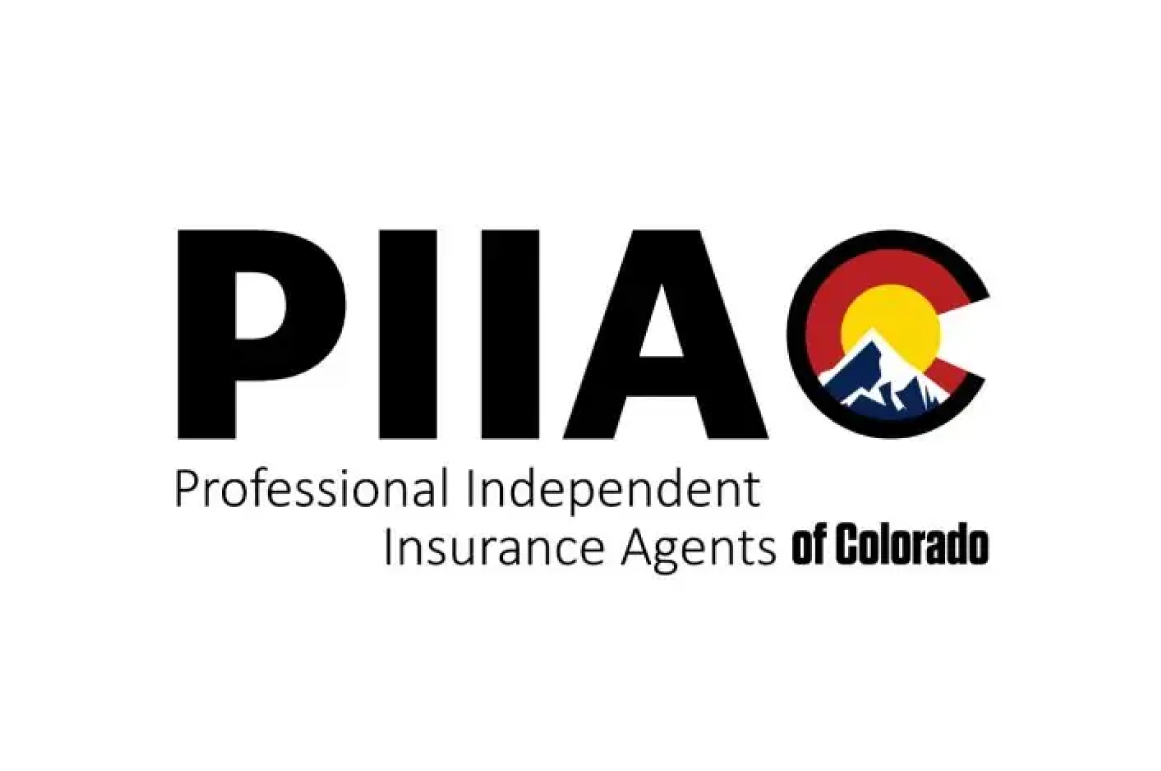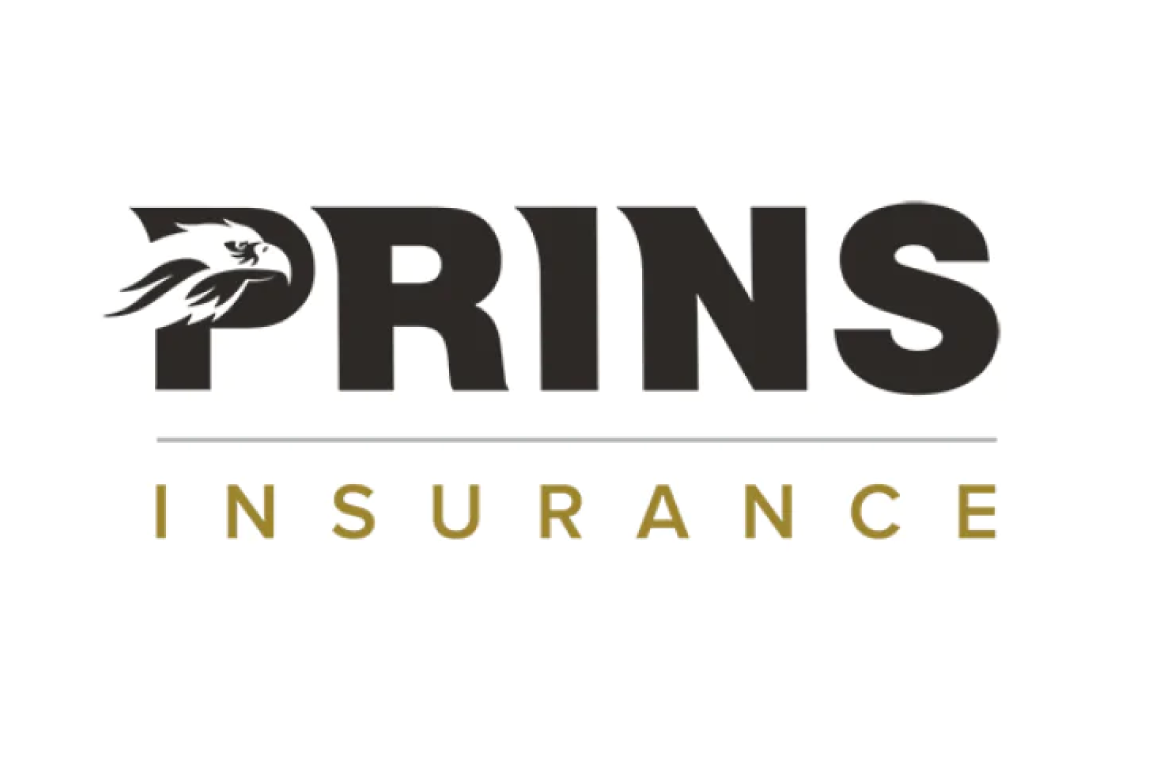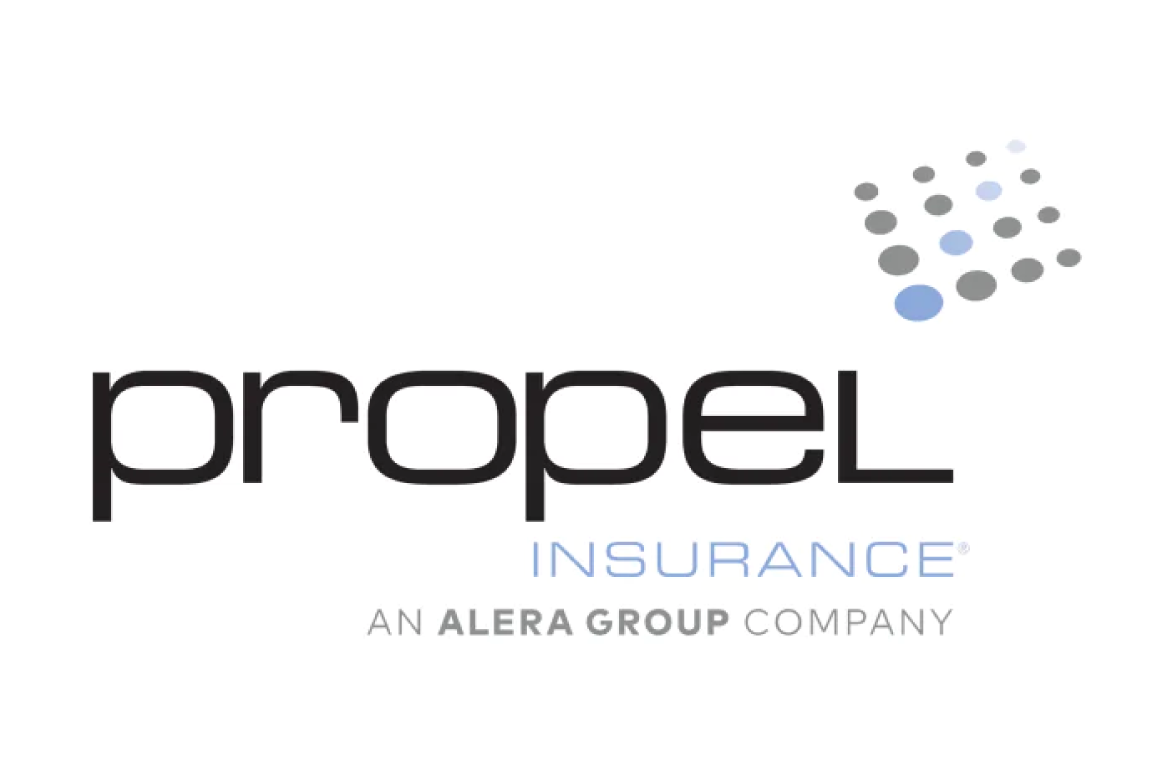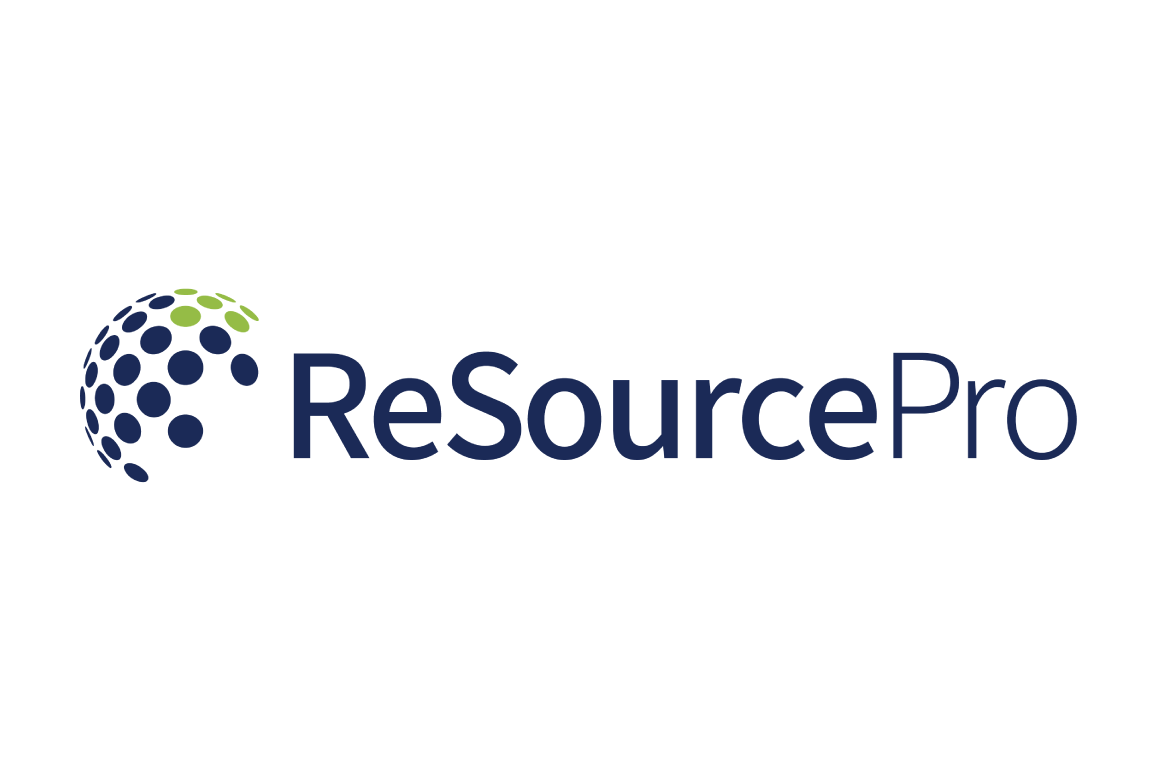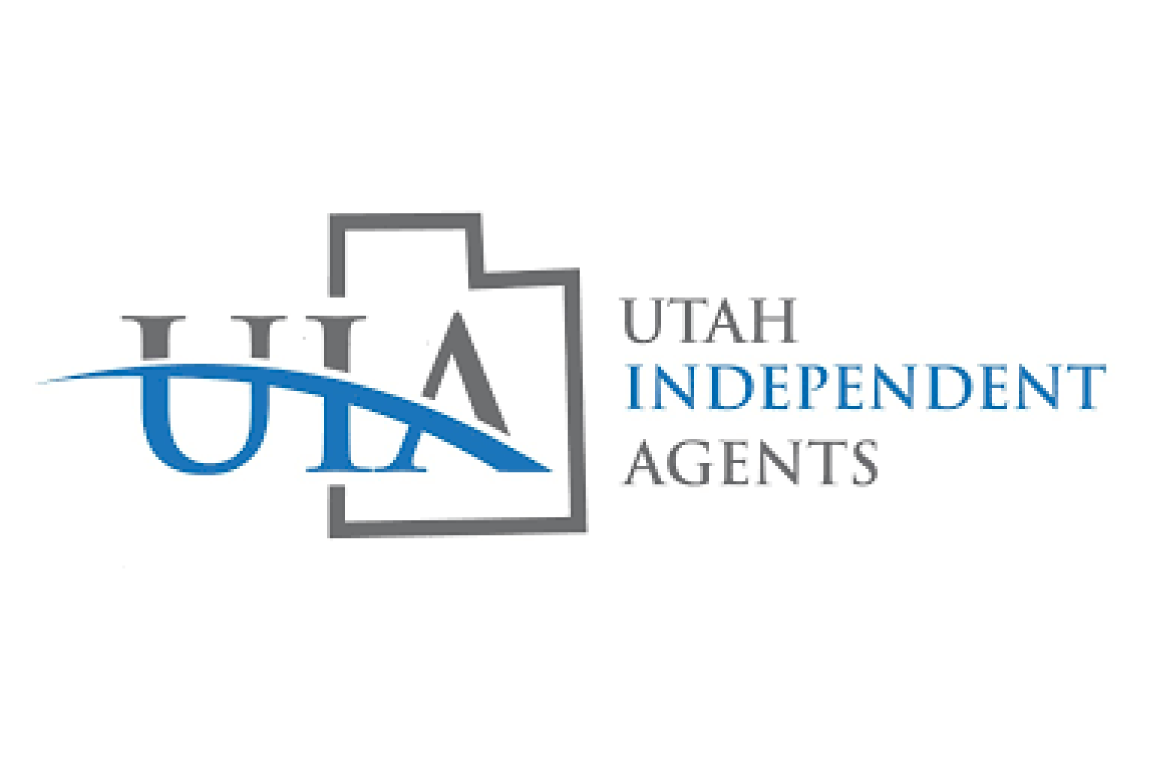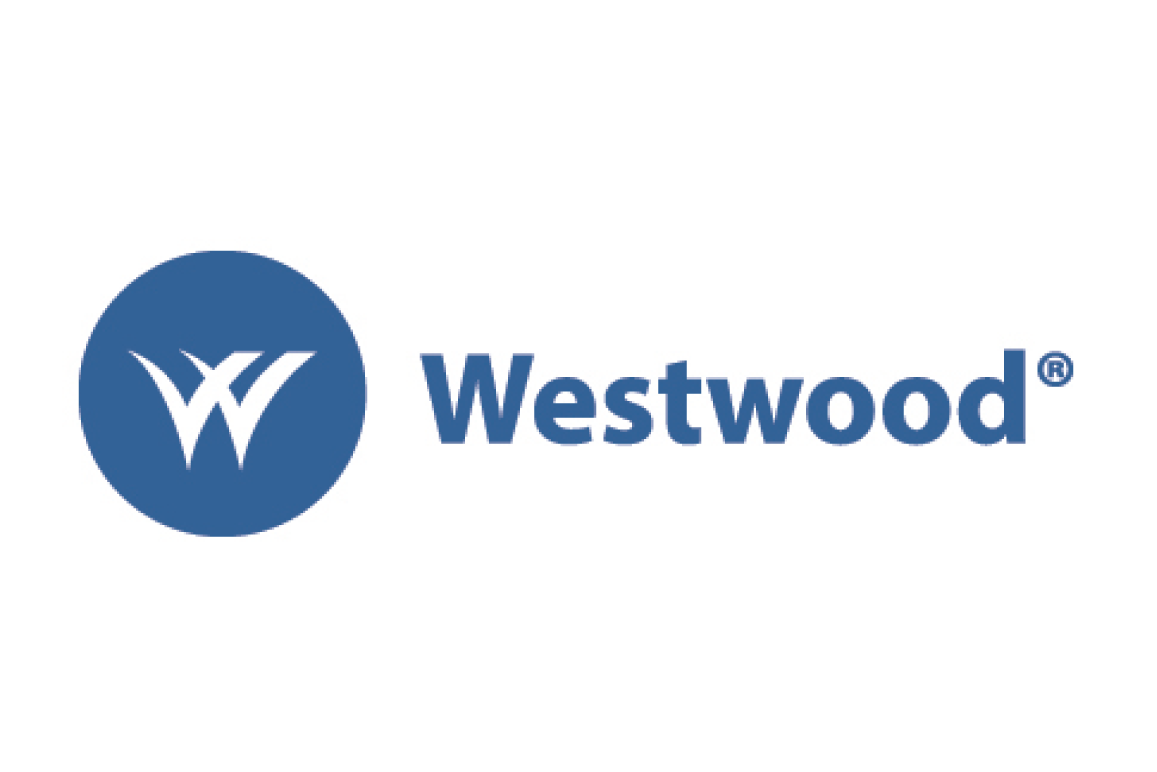
By Sarah Warhaftig, CRM, JD
Sarah Warhaftig is the Academic Director of Risk Management Programs for The National Alliance, where she is responsible for the Certified Risk Manager, Certified School Risk Manager, and the Certified Personal Risk Manager Designation Programs.
School and district risk managers must provide school boards and administrations with the best guidance possible. As concerns over masks, mandates, and public health come to the forefront, everyone seems to have differing, often polar-opposite opinions about what to do. Media outlets spread mistrust by presenting conflicting—and many times, unreliable—information. How should you advise your clients?
Answering the School Risk Management Conundrum.
One way to prepare to advise your constituents is to do an analysis of your individual school or district. The analysis is done from two perspectives: Qualitative Analysis and Quantitative Analysis.
Qualitative Analysis: Should This Be Done?
Qualitative analysis is the identification and evaluation of exposures not easily measured by traditional statistical or financial methods. It attempts to determine the importance and implications of particular risks on an organization and does not try to assign hard financial values to impacts of decisions and choices.
Qualitative analysis examines the question, “Should we do this?”
What will the impact of the Board’s decision be? Will it damage the district’s reputation in the community—and even wider? Will individual reputations of the decision-makers be damaged? If seen as unfavorable, will the decision have a negative impact on enrollment and funding sources? If seen as a responsible decision, could it have a positive impact on reputation and future enrollments?
These questions are not easily quantified financially or numerically. However, they should be considered when you advise the board about their decision from a qualitative perspective.
Quantitative Analysis: Can This Be Done?
Quantitative analysis provides numerical data for decision-making. It attempts to accurately measure impacts by assigning a defined numerical or probability value to a particular decision or action.
Quantitative analysis examines the question of “Can we do this?”
To perform a quantitative analysis, start with gathering numerical data for decision-making. Here’s a quick risk management list of the types of things you can measure:
- How many students have become sick with COVID-19 since January 2020?
- How many were hospitalized?
- What about teachers and staff?
- How many students opted for remote learning?
- What was the financial impact of transitioning to remote learning?
- How many students were homeschooled without your using district resources?
- Will there be additional costs because of the decision?
Some of these questions can be easily answered using data the school or district already has. Others may need to be investigated, and some may already be addressed in the current budget. Your ability to offer reasonable financial or numerical projections based on the available data will assist your board in decision-making.
The School Risk Manager’s Role
As an adviser, your role may require you to tread carefully around heated topics and conversations. Doing excellent research and providing your best thinking to the Board and Administration is the added value you bring as a risk manager.
Both the Certified School Risk Manager and the Certified Risk Manager courses can provide you with the skills and knowledge needed to advise your School Board and Administration from a balanced perspective.








